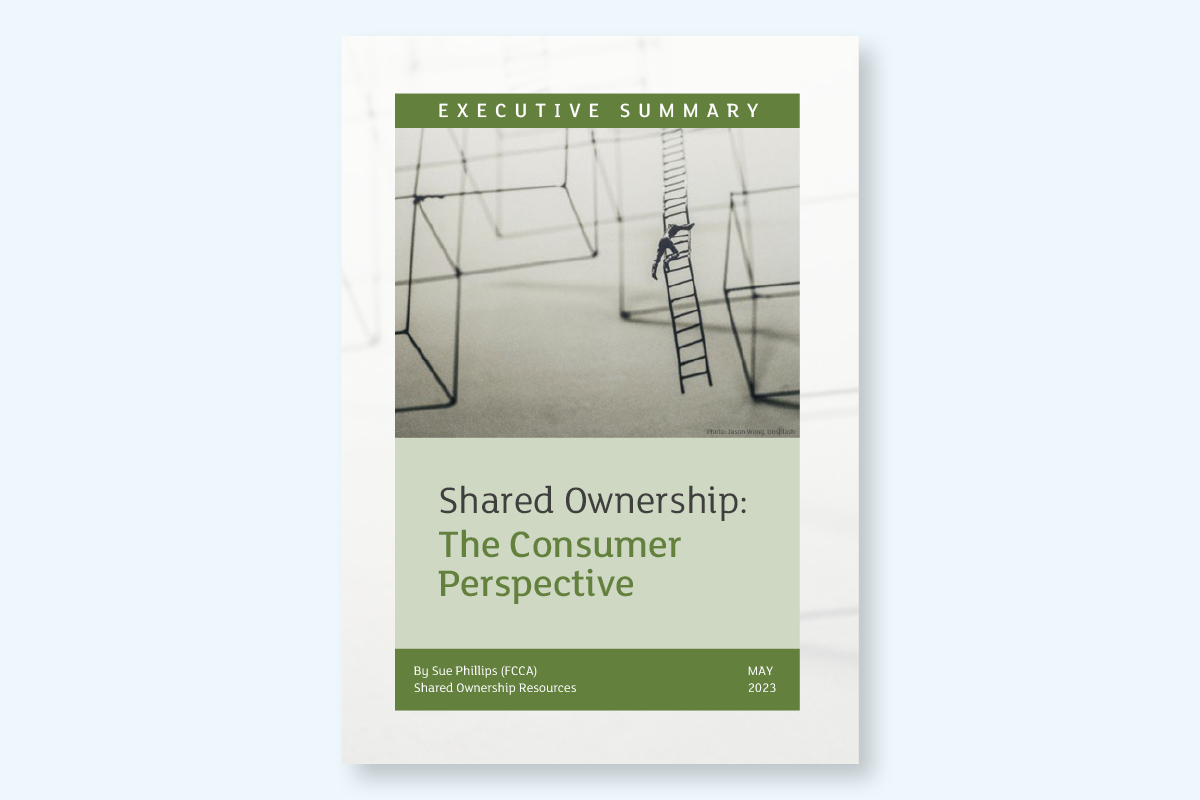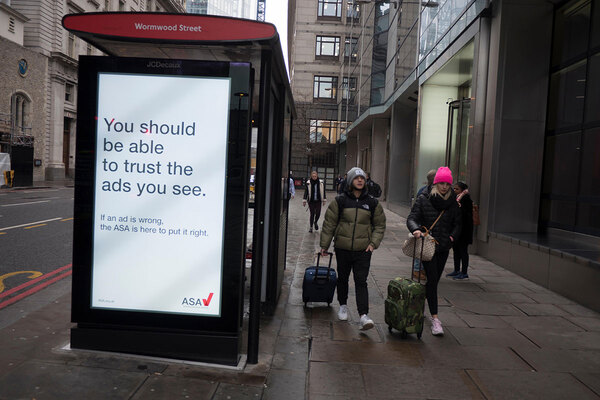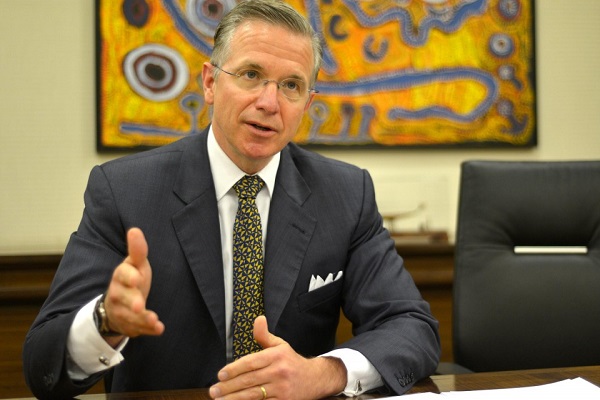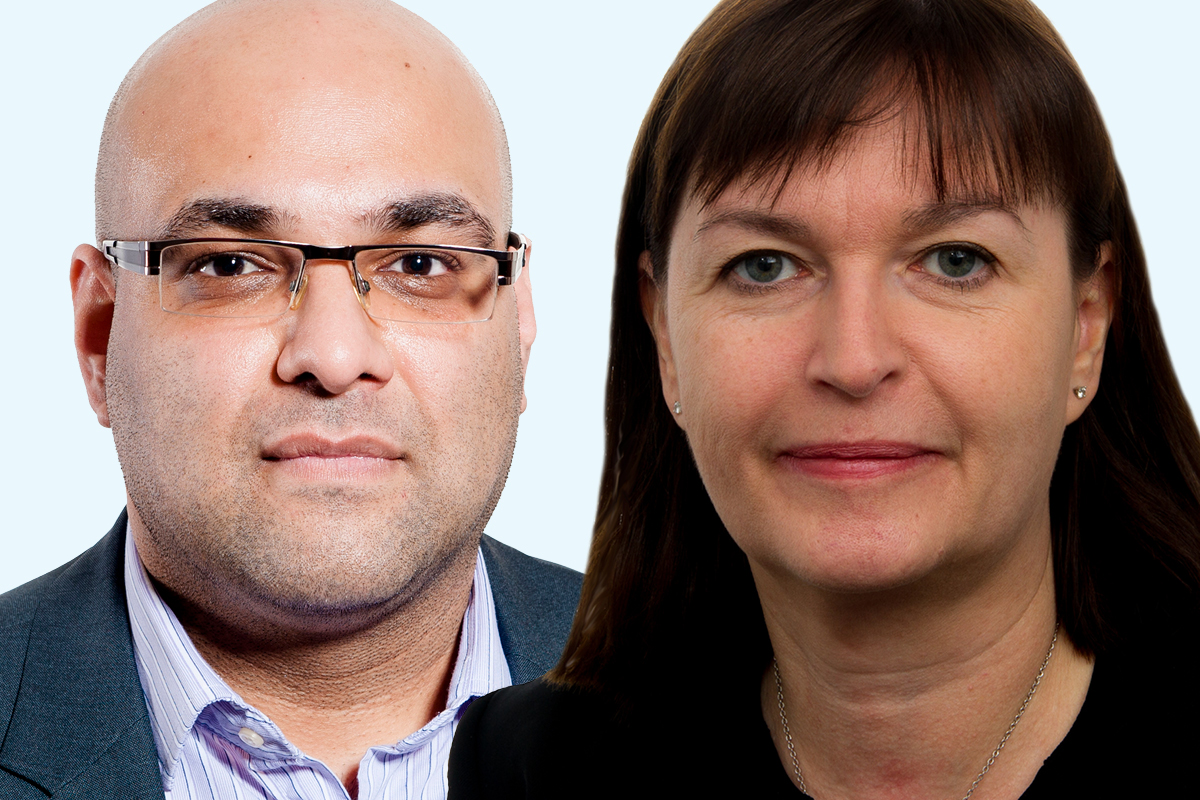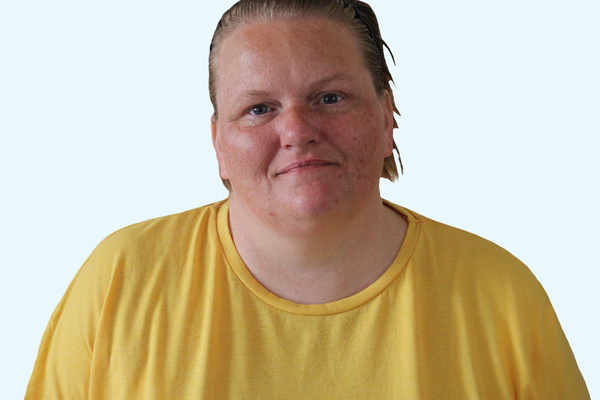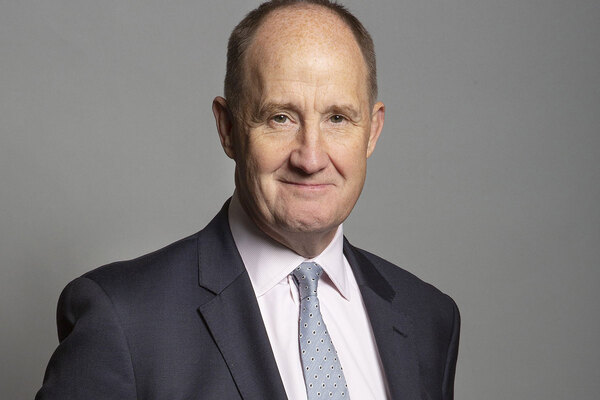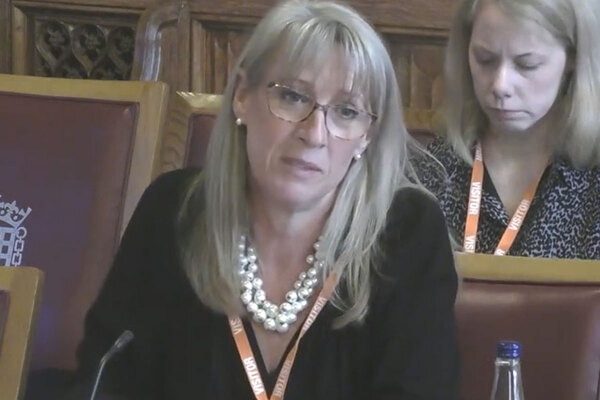Shared ownership can become ‘financially unsustainable’ for buyers over time, report warns
Shared ownership risks becoming “financially unsustainable” for lower-income buyers over time due to its “upward-only” costs and a system that requires them to buy as much as they can afford at the outset, a new report has warned.
A new report, called Shared ownership: the consumer perspective, revealed how more than a third of shared owners display indicators of financial vulnerability, with lower financial resilience and lower financial capability compared with other homeowners buying with a mortgage.
The report by the Shared Ownership Resources (SOR) platform, launched by former shared owner Sue Phillips, looked into the longer-term experience of buying a home under the model.
It warned that while the product – which sees buyers purchase an equity stake in a property and paying a reduced rent on the remaining share – is “the cheapest entry point to home ‘ownership’’’, it becomes increasingly difficult over time.
This is because rising rents, service charges and ground rents chip away at the financial resilience of buyers who were required to take on as much as they could possibly afford at the start.
The report pointed to a Homes England calculator, which requires buyers incomes to be assessed, with 45% of their income (40% in London) being deemed an ‘affordable’ purchase.
This means that if buying, for example, 25% of the equity would cost 30% of their household income, they would be required to buy a higher percentage in order to get the home.
But with rents rising annually at retail price index of inflation plus 0.5%, service charge increases, ground rents and lease extension payments, a buyer’s housing costs can rise sharply over time.
This has been particularly exacerbated by recent interest rate hikes and some shared owners being caught up in the building safety crisis, due to associated costs for insurance and interim safety measures.
“Shared ownership is the cheapest entry point to home ‘ownership’ due to the relative affordability of a mortgage deposit on a part share,” the report said.
”But the longer the shared owner remains in occupation, the more likely the purchase will represent poor value for money. This is due in large part to ‘upward-only’ annual rent reviews at a premium to inflation and 100% liability for uncapped and poorly regulated service charges.
“Over time, total housing costs may rise well above the level determined as affordable during the initial affordability assessment.
“In some cases, shared ownership will become financially unsustainable over time, leaving households vulnerable to risks of financial hardship, poverty or even repossession.
“Improved national monitoring data is urgently required to assist better understanding of the demographics for whom shared ownership remains affordable and those for whom it does not.”
Analysis by the Joseph Rowntree Foundation (JRF) suggested that around a fifth of shared owners are in poverty, the report said, which is double that found for households buying outright with a mortgage.
In a previously unpublished analysis of its 2022 cost of living survey, JRF found that low-income shared owners (defined as in the bottom 40% of incomes) were experiencing among the highest levels of hardship across all tenures, with 44% cited having gone without three or more essentials and 45% having low or no savings.
The report said that too much emphasis is placed on initial access and far too little on longer-term outcomes and impact for entrants to the scheme.
The report described the initial affordability assessment’s focus on short-term costs as “unhelpful” in assessing the ongoing financial sustainability of the purchase.
Additional research by the JRF found that between 2010 and 2021, shared ownership rents (22%) have risen faster than average rent increases seen for both social (3%) and private renters (10%).
Even if shared owners do staircase, the current market value model means they could pay considerably more in total than would have been the case had they purchased their home on the open market in the first place.
For example, assuming a shared owner purchased a 50% initial share of a property with a market value of £300,000, the first share would cost £150,000.
If they staircased to 100% 15 years later and the property had increased in value to £500,000, the second share would cost £250,000.
A housing association benefits from the uplift in value, but the shared owner could pay more for a property that would have been cheaper had they been able to buy the property outright.
At the same time, SOR said the model has not kept pace with the decoupling of average incomes and property market movements.
Meanwhile, shared owners affected by the building safety crisis face unaffordable costs with no viable exit route other than, perhaps, a distressed sale.
The report also criticised a lack of national data on long-term outcomes for shared owners, such as full lifecycle costs, exit routes and transition to full homeownership.
In fact, the research suggested that a significant number of households are unable either to staircase to 100% or to transition to full ownership via a gain on sale.
National monitoring statistics conflated households who staircase to full ownership in a home they continue to live in with households who undertake a simultaneous sale and staircasing transaction as part of the sale process.
The most recent data held by the Regulator of Social Housing (RSH) from 2018-19, found just 2.3% of shared ownership households had staircased to 100%.
SOR’s research noted that testimonials published by housing associations and their agencies suggested high initial satisfaction levels. However, shared owner satisfaction rates are considerably lower than for social renting tenants and declines over time, the report said.
SOR said the need for an ongoing assessment of financial sustainability or shared ownership is often subservient to the financial needs of housing providers – a key factor underlying claims of unfairness by shared owners.
Other areas of dissatisfaction include short leases, the imposition of ground rent, and exclusion from the statutory right to lease extension and restrictions on subletting.
In addition, the model is not widely understood by the general public, in part explained by poor information provision which often over-simplifies complexity and promotes benefits while understating risk.
The report found that concerns about shared ownership are increasingly widespread and visible, and government reforms “fail to address the most pressing issues”, are not retrospective and therefor do not benefit around 200,000 existing shared owners.
In fact, the report suggested that the introduction of the new model lease could create a two-tier market in shared ownership.
Negative impact on demand for resales of the current model is possible given the new shared ownership model benefits from a 990-year term and a 10-year ‘initial repair period’, during which the provider is responsible for structural repairs.
For future shared owners, the report found that the new model fails to remedy problems, such as long-term affordability or restrictions on subletting.
Moreover, by lowering barriers to entry, the new model exposes more financially vulnerable households to risks associated with the scheme.
In her foreword to the report, Paula Higgins, chief executive of the HomeOwners Alliance, said: “It’s [shared ownership] targeted at first-time buyers who cannot afford the full market cost of a property. But the reality is that this type of tenure falls short of delivering these policy aspirations for a significant number of shared owners.”
Ms Higgins described the product as “a complex and confusing financial model that can be tricky to grasp”.
She added: “As one of the few organisations that first set out to consumers what to watch for when considering shared ownership, we know that full staircasing is rare, paying for the full maintenance and service costs when you only own a slice of the property is unfair, selling can be tricky and – as this report illustrates – there are many other flaws with the shared ownership model.”
However, Ms Higgins said the shortcomings in the report should not be used to kill the product, but used as an opportunity to “get it right”.
Sign up for our daily newsletter
Already have an account? Click here to manage your newsletters
